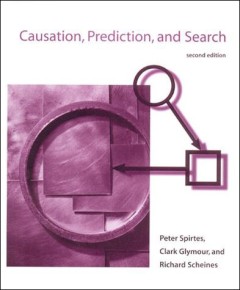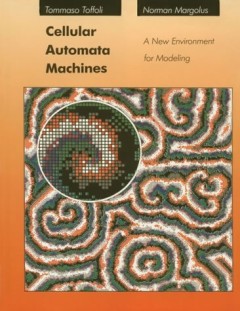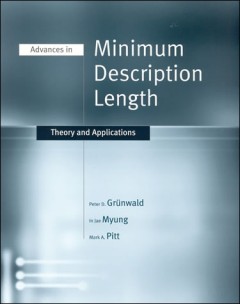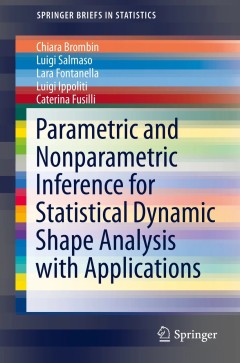Filter by

Causation, Prediction, and Search (Second Edition)
The authors address the assumptions and methods that allow us to turn observations into causal knowledge, and use even incomplete causal knowledge in planning and prediction to influence and control our environment.What assumptions and methods allow us to turn observations into causal knowledge, and how can even incomplete causal knowledge be used in planning and prediction to influence and con…
- Edition
- -
- ISBN/ISSN
- 9780262284158
- Collation
- 1 online resource (xx, 511 pages) :illustrations.
- Series Title
- -
- Call Number
- -

Cellular Automata Machines: A New Environment for Modeling
Recently, cellular automata machines with the size, speed, and flexibility for general experimentation at a moderate cost have become available to the scientific community. These machines provide a laboratory in which the ideas presented in this book can be tested and applied to the synthesis of a great variety of systems. Computer scientists and researchers interested in modeling and simulatio…
- Edition
- -
- ISBN/ISSN
- 9780262291019
- Collation
- 1 online resource (ix, 259 pages) :illustrations.
- Series Title
- -
- Call Number
- -

Advances in minimum description length :theory and applications
A source book for state-of-the-art MDL, including an extensive tutorial and recent theoretical advances and practical applications in fields ranging from bioinformatics to psychology.The process of inductive inference--to infer general laws and principles from particular instances--is the basis of statistical modeling, pattern recognition, and machine learning. The Minimum Descriptive Length (M…
- Edition
- -
- ISBN/ISSN
- 9780262274463
- Collation
- 1 online resource (x, 444 pages) :illustrations.
- Series Title
- -
- Call Number
- -

Causal inference
"Causality is central to the understanding and use of data; without an understanding of cause and effect relationships, we cannot use data to answer important questions in medicine and many other fields"--OCLC-licensed vendor bibliographic record.
- Edition
- -
- ISBN/ISSN
- 9780262373548
- Collation
- 1 online resource.
- Series Title
- -
- Call Number
- -

Parametric and Nonparametric Inference for Statistical Dynamic Shape Analysis…
This book considers specific inferential issues arising from the analysis of dynamic shapes with the attempt to solve the problems at hand using probability models and nonparametric tests. The models are simple to understand and interpret and provide a useful tool to describe the global dynamics of the landmark configurations. However, because of the non-Euclidean nature of shape spaces, distri…
- Edition
- -
- ISBN/ISSN
- 978-3-319-26311-3
- Collation
- X, 115 halaman
- Series Title
- Springer Briefs in Statistics
- Call Number
- 519.5 BRO p
 Computer Science, Information & General Works
Computer Science, Information & General Works  Philosophy & Psychology
Philosophy & Psychology  Religion
Religion  Social Sciences
Social Sciences  Language
Language  Pure Science
Pure Science  Applied Sciences
Applied Sciences  Art & Recreation
Art & Recreation  Literature
Literature  History & Geography
History & Geography